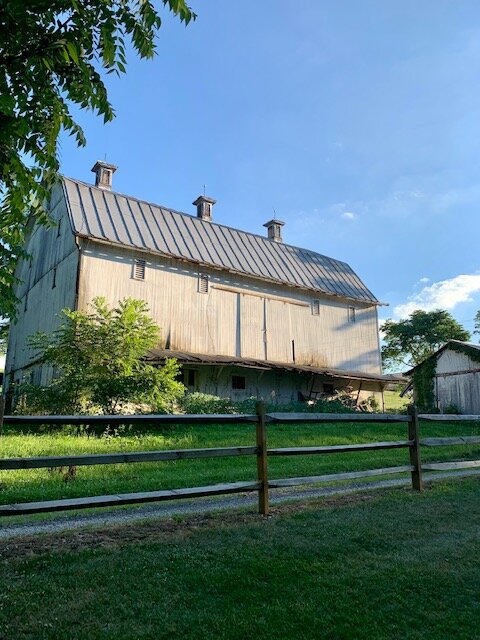There’s More to Learn About Your Family's Farmers
If you are a Midwesterner, it’s likely you have farmers among your ancestors. You might assume that there won’t be a lot to learn about them, but you might be surprised.
For example, consider a farmer in the mid-late 1800s. Through genealogical research, you can learn:
· Where they lived—the specific land they owned (deeds)
· Crops they grew, and livestock they raised (census agricultural schedules)
· Items that they had in their household (probate inventories)
· If they appeared in the newspaper (digitized local newspapers)
· Where they lived before (census, immigration, naturalization, county histories)
By digging a little deeper into records, it’s easy to paint a picture of a farming life, and sometimes, discovering someone’s occupation or hobby helps to create a unique identity. By looking at agricultural schedules and probate records, I was able to determine that my 3rd great grandfather, John Longwith, of Hancock County, Ohio, raised more hogs than his neighbors. John also grew more corn—presumably to feed the hogs! His father, Thomas, who died in 1815 in Pickaway County, Ohio, produced cloth. How do I know this? He owned sheep, grew flax, and owned a spinning wheel and loom.
If you are ready to learn more about the farmers in your family, reach out at www.heritagebridge.com.


